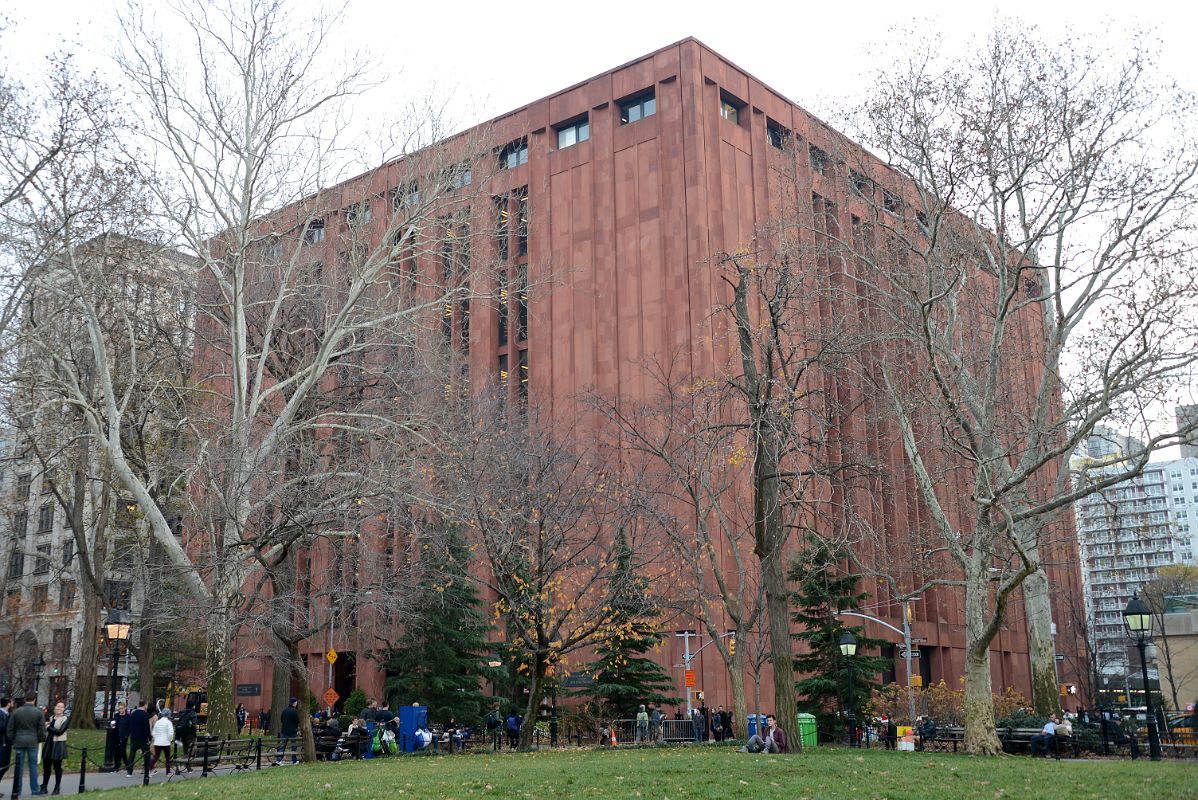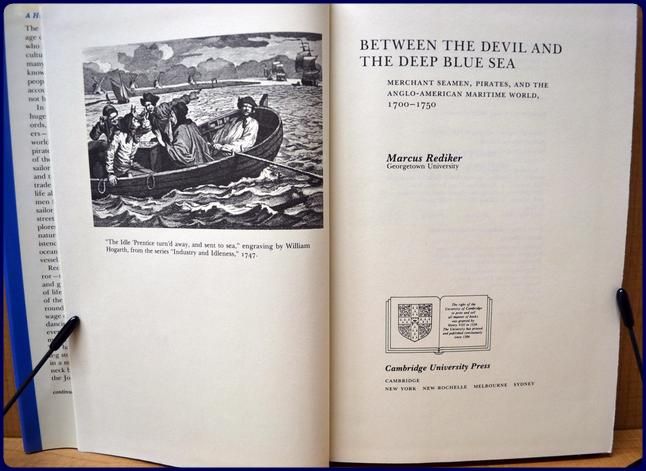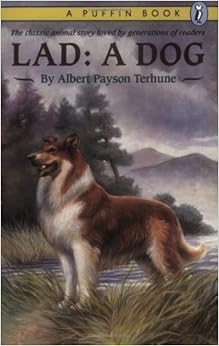I’d recently re-read Alexander Rose's Washington’s Spies (2006). So, once again, I was struck how different the actual people in the Culper spy network were from the characters in the AMC historic fiction drama.
Last night I began making a dinner that wasn't out of holiday left overs, of which there is a great deal, while making lists of packing for Cuba -- where, unlike here -- it's in the 80's (here we are down to 12°, 13° and 14°). With dinner safely in the oven, I wrapped the Finland wool cape around my Shetland sweater, poured a glass of gift wine, put up the feet and happily departed from the here and now.
Due to time limitations I had put off watching these last episodes of Turn's final season for these last days in the turn between 2017 and 2018. They were perfect viewing for this liminal period as the season turns to winter (and lordessa, has it EVER turned into winter here!) and to the next year.
My goodness! The writers even accurately deal with Benedict Arnold's Virginia campaign! And though historically Simcoe and Caleb Brewster were at Yorktown, but -- the rest of it -- the prolonged final showdowns among Caleb Brewster and Abraham Woodhull to take out Colonel Simcoe, was pure fiction. Yet, despite some plot convenient departures from fact, -- and speeding up in time -- most of this is remarkably true to the events as they occurred.
 |
| View of Westover Plantation's Big House from the frontage on the beautiful James River. |
It was a pleasure to see Turn's interpretation of the Westover Plantation and Yorktown, where el V and I spent a lot of time back in 2012.
However, the true finale of Turn – it is so not historical, though emotionally satisfying as everyone ends up with whom they should be with, after the long personal revolutions in personal relationships which, presumably? were caused by the upending and chaos of the times in general. But really, beyond Tallmadge, nobody ever knew or learned the names of the Culper Ring, not even Washington. So Washington writing Abraham a check to cover his not insignificant out-of-pocket expenses and losses is entirely goofy – particularly as Washington himself was broke and in debt at the end of the war.
But the only real problem, it felt to me, that Turn suffered was from their laudable desire to include African Americans among their significant characters. However, as African Americans did not support the War of Independence that didn't include abolition of slavery among its objectives, and did overwhelmingly support the British, who did provide escape from slavery, this through line through the arc of Turn's four seasons, and the characters of Peggy Shipton's maid, her son and the father of the son, was always muddled.
The greatest irony, in terms of Turn, in which Colonel Simcoe is always the most bad of the bad, is among the accomplishments for which is he is most noted after the events of War of Independence, is as governor of Canada. He supported and sponsored abolition of slavery, and providing substantial legal and administrative support of those African Americans who escaped from the young Republic to Canada.
I truly wish PBS or netflix -- preferably netflix -- would sponsor other dramatic series of US history.
What a brilliant series would be one focused on Elizabeth Keckley, who earned the money to buy her freedom from slavery, and who, in Washington D.C., became the first couturier in the United States, who at a moment, dressed both Mary Todd Lincoln and Varina Davis, and who was in the White House constantly with Mrs. Lincoln during the war.
Or what came to be called the Christiana Riot of 1851, a shoot-out between a Maryland slave owner, his sons and supporters, and the free African American Pennsylvania farmer, William Parker, his sons, wife and neighbors in defense of a group of slaves who were going for freedom.
Or -- holy cow! Harriet Jacobs's Incidents in the Life of a Slave Girl!
Our national history is as filled with brilliant events as any other nation's. We should take advantage of this instead of, when we bother at all, re-doing all the same few, phony, fake false fantasies of ourselves. That Turn didn't do this made all the many satisfactions of the series.
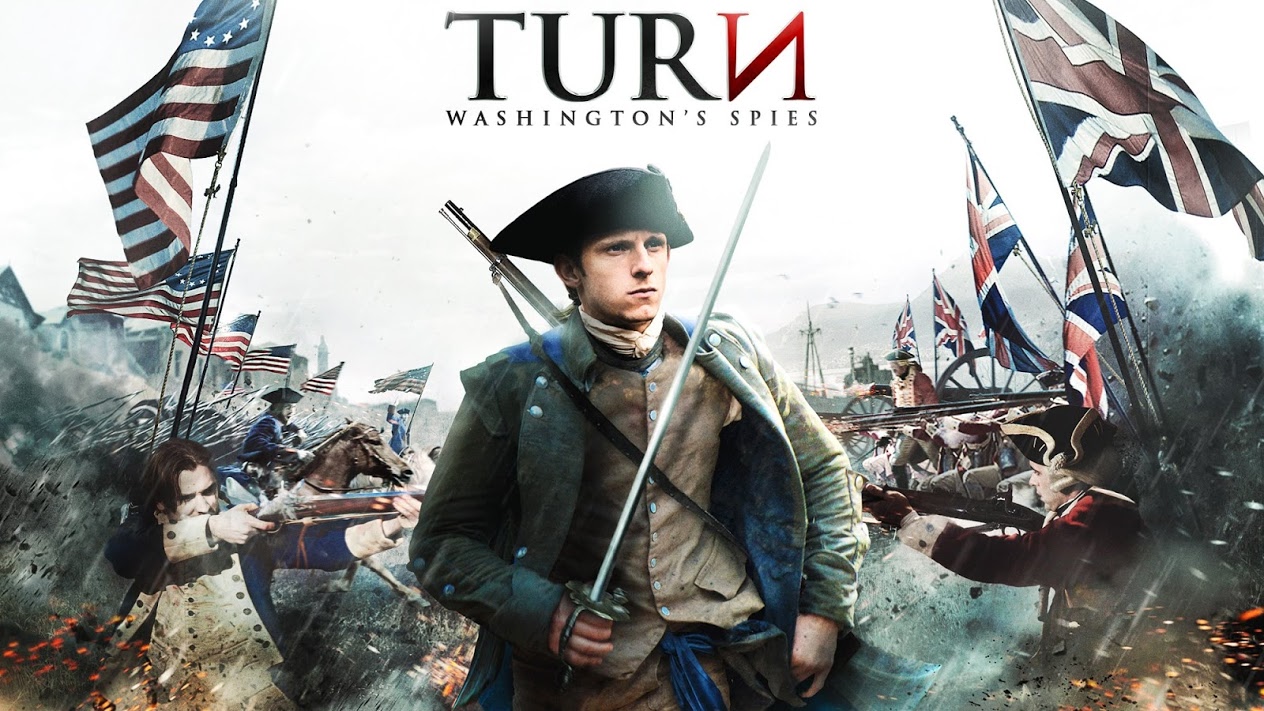

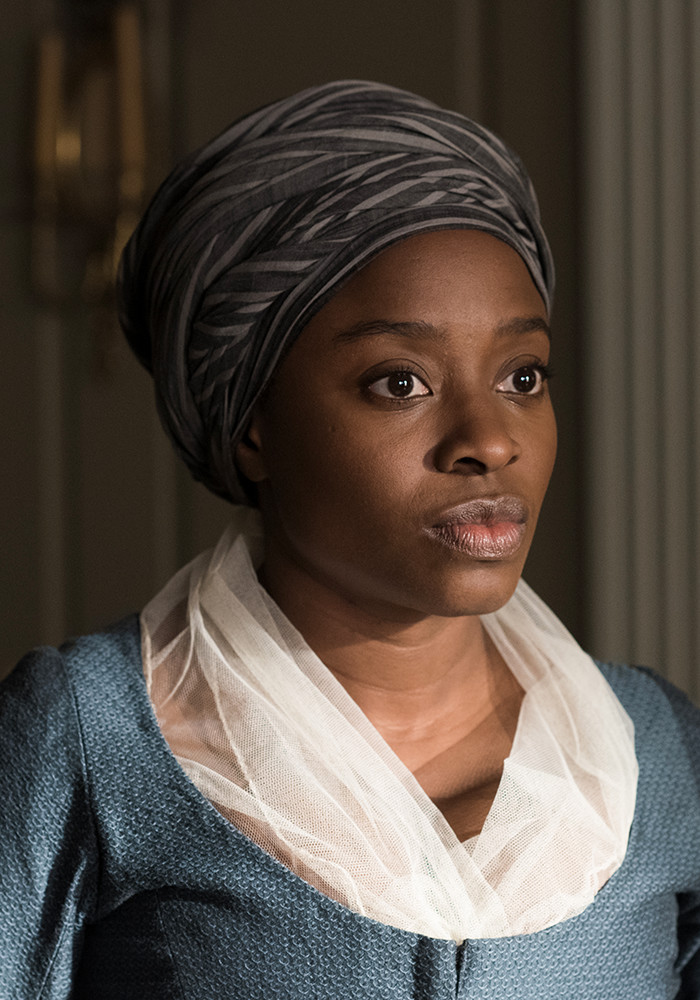



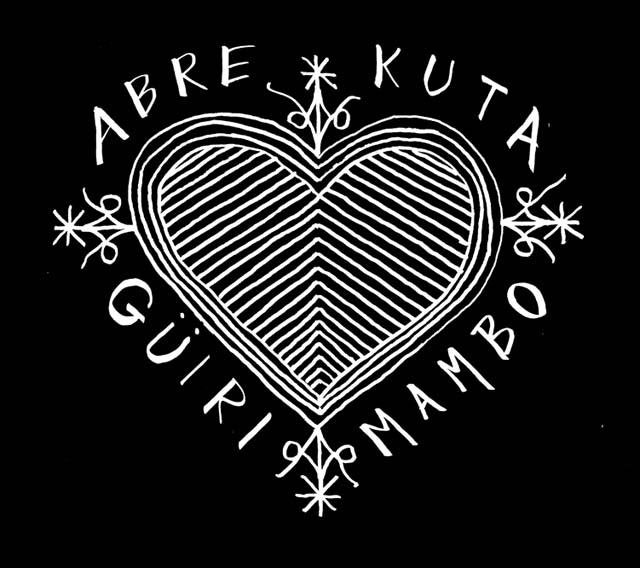



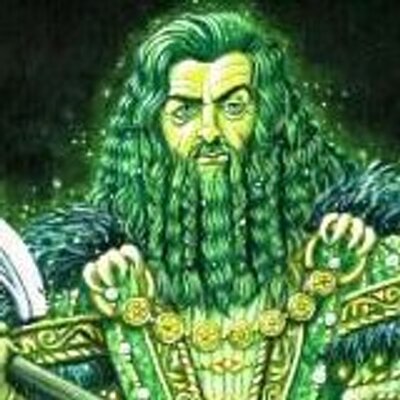


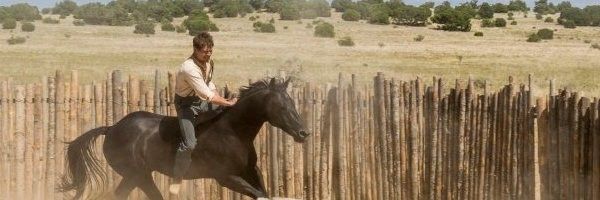
/cdn.vox-cdn.com/uploads/chorus_image/image/57711769/818_161005_JM_A_06_038R.0.jpeg)












